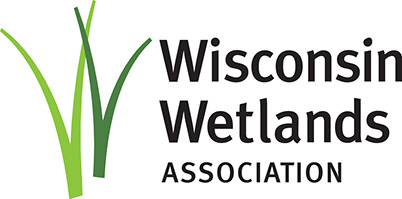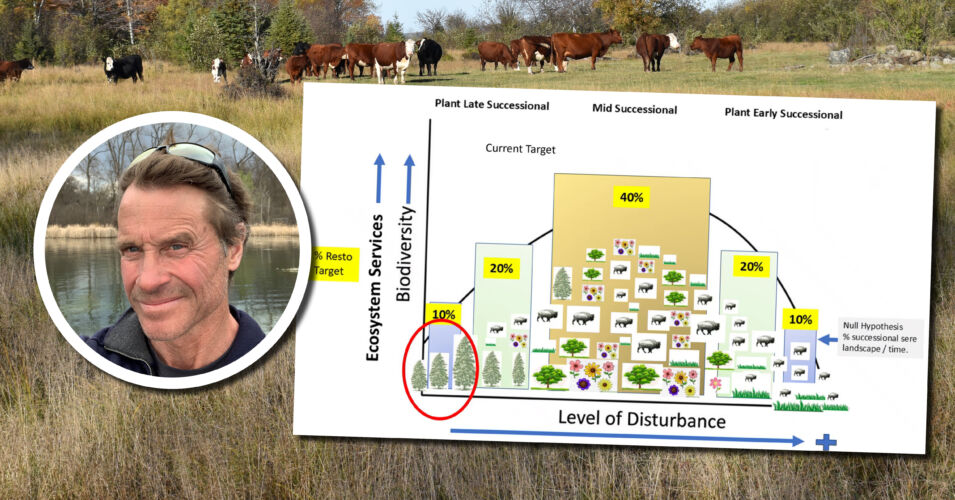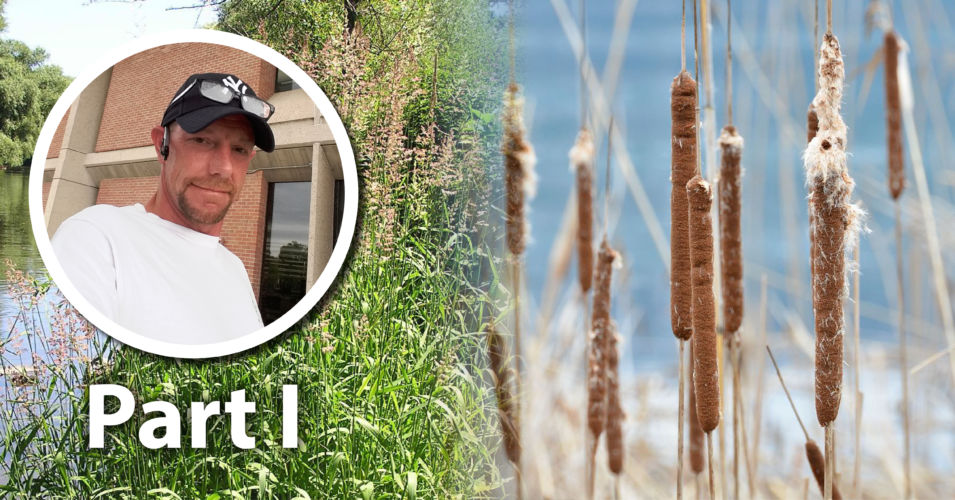Invasive species are considered a major threat to wetland ecological integrity. However, I suggest in this presentation that many invasive species are better understood as symptoms of stressed ecosystems instead of as invasive. I assemble seven ecological concepts to help illuminate invasive species as manifestations of stressed conditions and not the cause. Concepts include: 1) biological controls over nutrient cycles (ecosystem phenomenology); 2) loss of keystone species; 3) trophic cascades; 4) eutrophication; 5) functional traits analysis; and 6) unadaptable management plans that unintentionally create and reinforce invasible conditions. I identify threats and management regimes to reduce factors that drive invasion. In conclusion, the continuum framework provides a new frontier in invasive species management by targeting both the species and the drivers of invasion.
Stephen Thomforde, Stantec
Recorded April 4, 2025
Stephen Thomforde has designed and implemented more than 10,000 acres of Midwest restoration projects. His undergraduate training occurred on the Mississippi River, studying mayflies, buffalo fish, and watersheds. His UW-Madison graduate work focused on ecosystem dynamics, food webs, and nutrient cycles. Stephen’s research and experience inspire innovative, scientifically valid, and technically feasible projects.
Click here for a bibliography of references for this presentation.
Related content
Wetland Coffee Break: Toward more effective invasive species management: Part 1
Managing cattails with water level control
Here’s a great method for managing stands of invasive cattails.
Wetland Coffee Break: Wetlands and Phragmites: Management at a landscape scale




